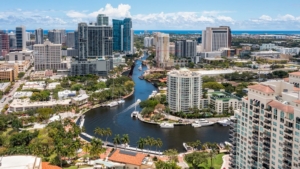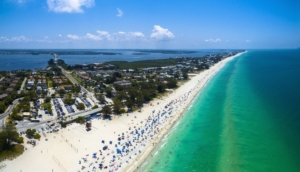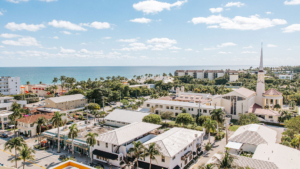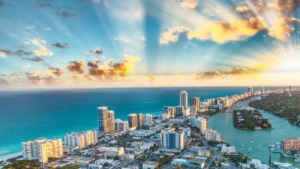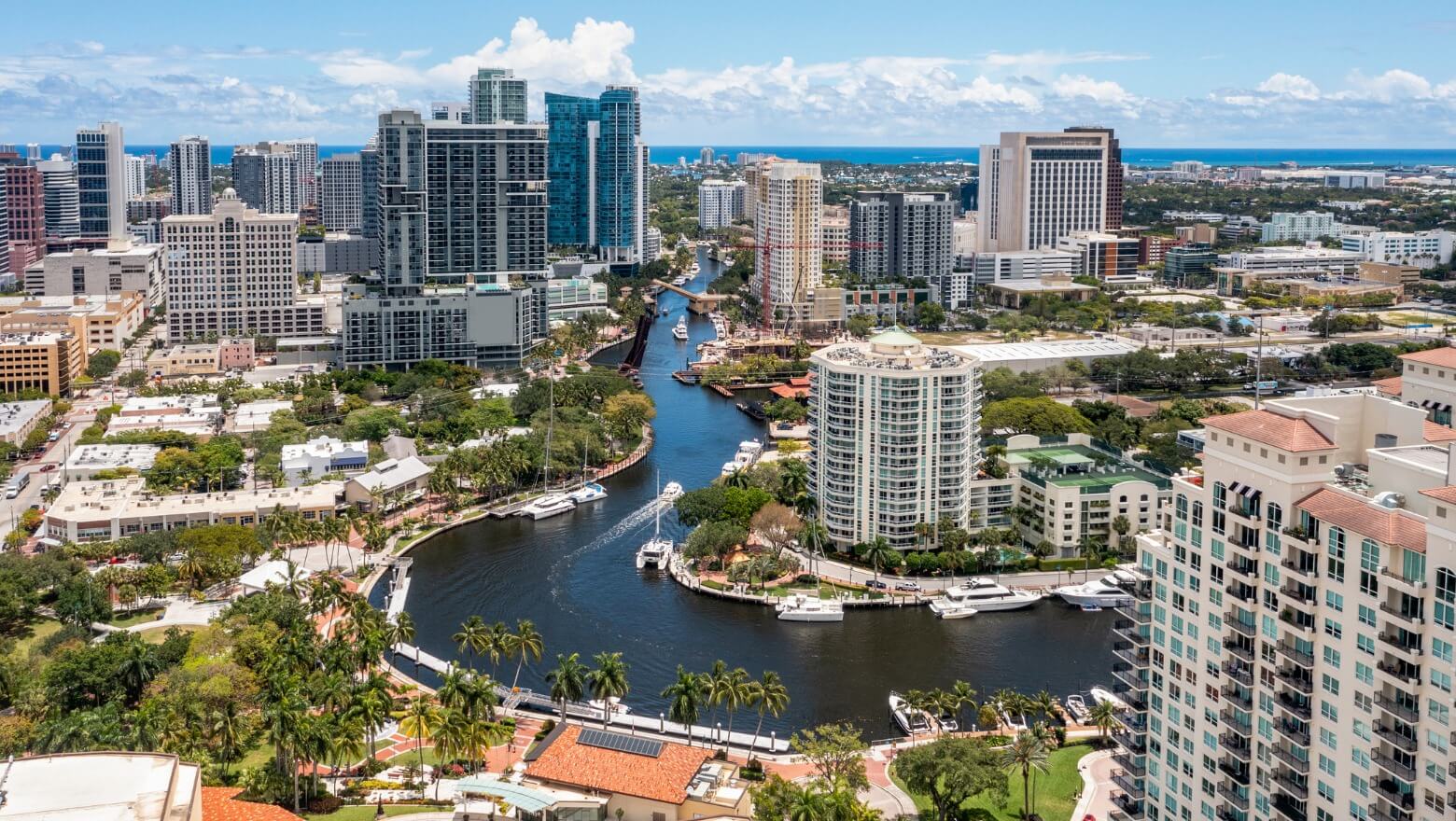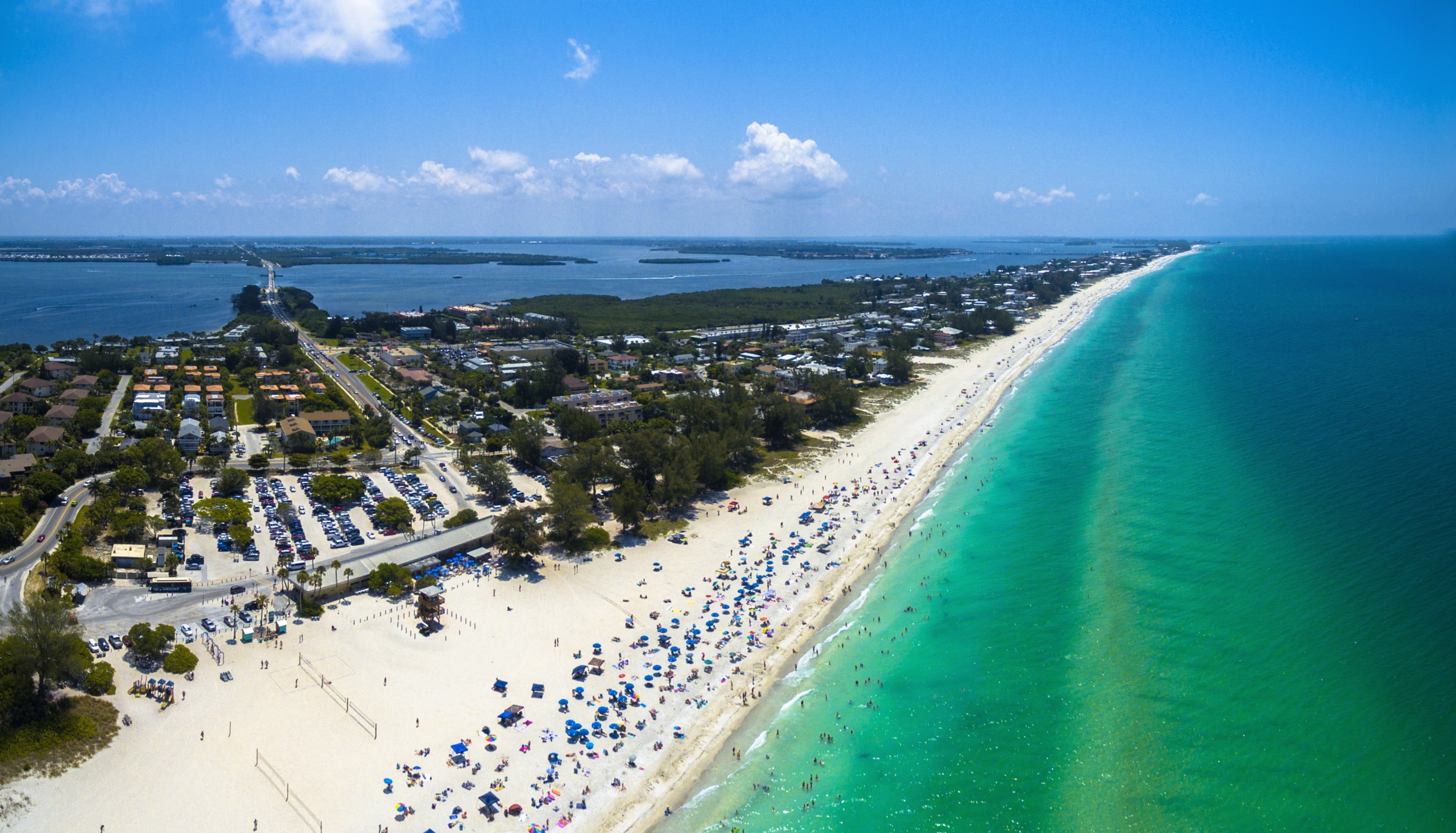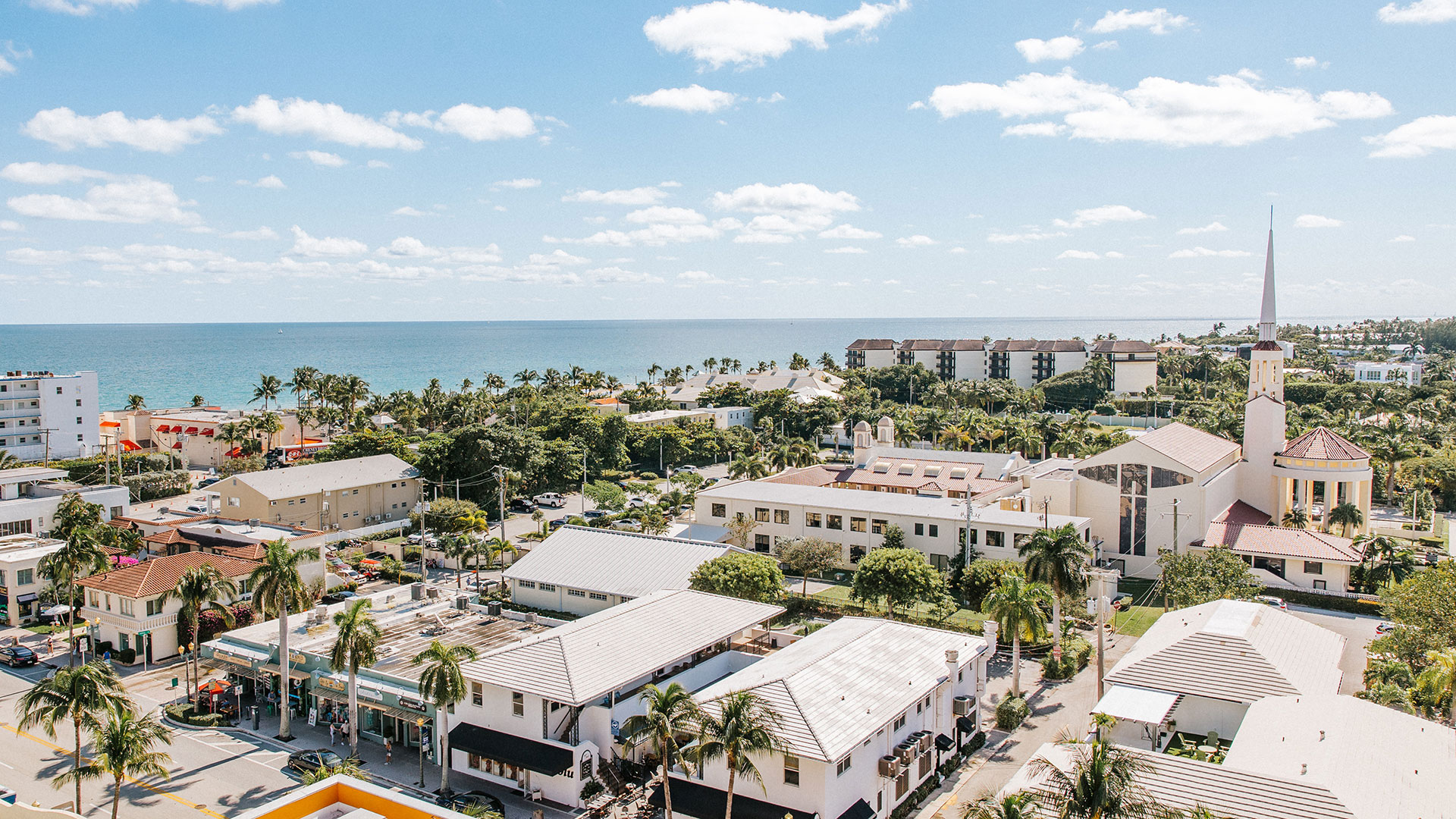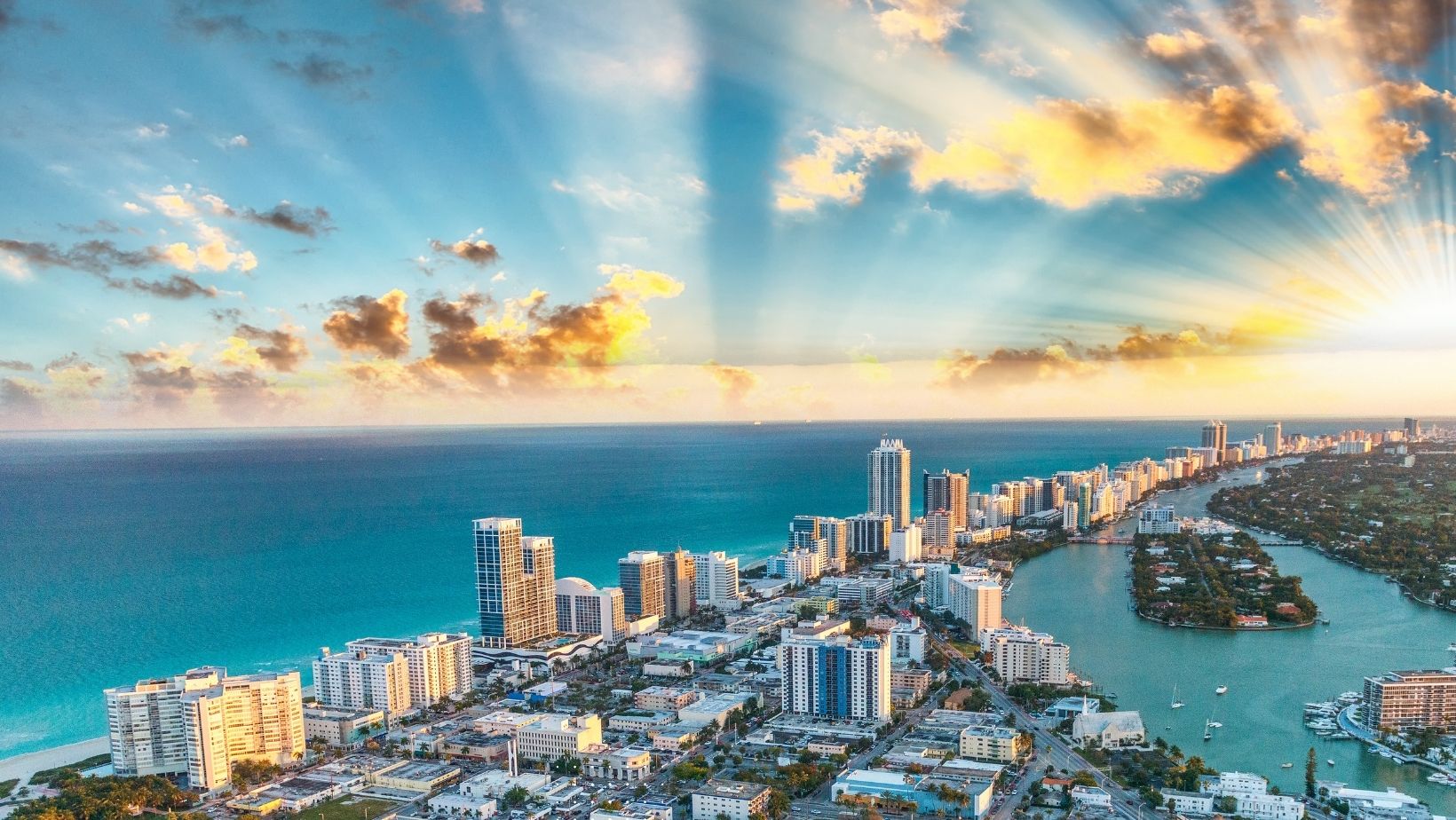Florida's Hidden Condo Blacklist: Navigating Mortgage Loan Barriers
The Growing Shadow Over Florida Condos
The Florida condominium market faces an unprecedented challenge that remains largely invisible to the average homeowner or buyer. Fannie Mae, a federally chartered institution with significant influence over mortgage lending practices, maintains a confidential database of condominium buildings deemed ineligible for loan backing. This so-called "blacklist" has expanded dramatically since 2023, with the number of affected South Florida condos more than doubling according to data compiled by Allcock Marcus, a law firm that obtained the database through privileged sources.
As of March 2025, the list includes a staggering 696 condominiums across Miami-Dade, Broward, and Palm Beach counties. This represents a significant portion of the region's housing stock and creates serious implications for property owners, potential buyers, and the regional real estate economy as a whole.
Post-Surfside Regulatory Transformation
The dramatic expansion of Fannie Mae's restricted buildings list comes in the wake of the catastrophic 2021 collapse of Champlain Towers South in Surfside. This tragedy prompted Fannie Mae to implement substantially more rigorous safety and financial requirements for condominiums seeking mortgage backing. Buildings now face heightened scrutiny regarding:
- Structural maintenance records and inspection history
- Association financial reserves and management practices
- Comprehensive insurance coverage
- Special assessment history and future planning
What began as a necessary safety measure has evolved into a complex regulatory framework that many older Florida condominiums struggle to satisfy. The implementation of these standards has occurred largely without public awareness, leaving many owners and associations unprepared for the financial consequences.
The Verification Challenge
Despite acknowledging the list's existence, Fannie Mae has yet to fulfill its promise to make this critical information publicly available to affected parties—a commitment originally slated for completion by the end of 2024. This lack of transparency creates significant complications for:
- Current owners seeking to refinance
- Potential buyers requiring conventional financing
- Real estate professionals attempting to provide accurate guidance
- Condo associations working to maintain property values
Allcock Marcus, recognizing this critical information gap, has established an online verification system where qualified stakeholders including verified condo owners, board members, and property managers can determine if their building appears on the blacklist. The firm states it won't publish the complete list due to concerns about potentially harming buildings' reputations and creating liability issues through possible property devaluation.
Financial Implications for Owners and Associations
The designation of a condominium as non-financeable by Fannie Mae creates far-reaching consequences extending beyond simple mortgage approval challenges. When a building appears on this list:
- Property values typically decline as the pool of potential buyers shrinks dramatically
- Current owners may find themselves unable to refinance, potentially trapping them in unfavorable loan terms
- Association budgets face increased pressure as special assessments become more difficult to fund
- Insurance rates may rise in response to perceived increased financial risk
- The building's overall reputation in the marketplace suffers, creating a cycle of devaluation
For many aging Florida condominiums already struggling with rising insurance costs and deferred maintenance issues, inclusion on this list can accelerate financial distress. Experts describe this convergence of factors as a "perfect storm" threatening the stability of countless communities throughout South Florida.
Pathways to Resolution
Condominium associations finding themselves on Fannie Mae's restricted list do have potential remedies, though the process requires diligence and often significant investment. Allcock Marcus indicates they can assist associations in challenging their inclusion through:
- Comprehensive documentation of building condition and maintenance
- Financial analysis demonstrating adequate reserves and fiscal responsibility
- Development of compliance plans addressing specific deficiencies
- Direct advocacy with Fannie Mae and affiliated institutions
- Implementation of corrective measures to meet current standards
The process typically requires collaboration between association boards, management companies, and specialized legal counsel familiar with Fannie Mae's evolving requirements. While challenging, successful removal from the list can restore financing options and help stabilize property values.
Insights on Florida's Condo Blacklist Crisis
Why is the blacklist kept confidential?
Fannie Mae maintains confidentiality primarily to avoid triggering panic selling or market destabilization. Additionally, Allcock Marcus cites potential liability concerns if publishing the list directly causes property devaluation. However, many housing advocates argue that this lack of transparency harms consumers who make major financial decisions without access to critical information.
How can a building get removed from the blacklist?
Removal requires addressing the specific deficiencies that triggered inclusion, which might include increasing financial reserves, completing structural repairs, updating insurance coverage, or improving documentation of maintenance procedures. Once these issues are resolved, the association must submit comprehensive documentation demonstrating compliance with current standards.
Does inclusion on the list mean a building is unsafe?
Not necessarily. While serious structural concerns would certainly trigger inclusion, many buildings appear on the list due to administrative or financial issues rather than safety concerns. Common non-structural triggers include insufficient reserves, inadequate insurance coverage, pending litigation, or excessive short-term rentals.
What options exist for buyers interested in blacklisted condos?
Buyers still have pathways to purchase in affected buildings, though financing options become more limited. Portfolio lenders, credit unions, and cash purchases remain viable alternatives to conventional Fannie Mae-backed loans. However, buyers should recognize the potential resale challenges and price impacts.
How widespread is this issue beyond South Florida?
While South Florida represents the epicenter of this crisis due to its aging condo inventory and challenging insurance market, similar patterns are emerging in coastal communities throughout Florida and in other states with significant condominium development. The regulatory response to the Surfside tragedy continues to reshape lending practices nationwide.
Florida's condominium communities face unprecedented challenges navigating this new regulatory landscape. For owners, associations, and potential buyers, understanding the implications of Fannie Mae's blacklist becomes essential for making informed real estate decisions. As pressure mounts for greater transparency, the coming months will likely bring significant developments in how this critical information is shared with affected stakeholders throughout Florida's extensive condominium market.


